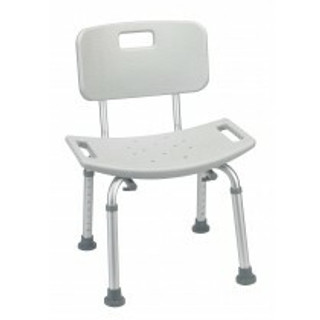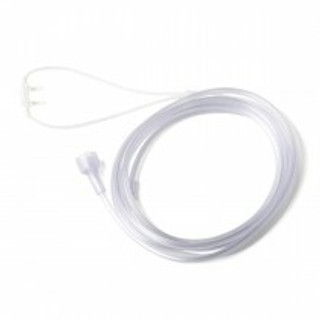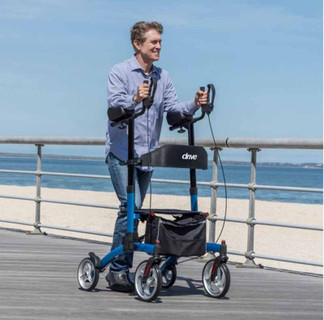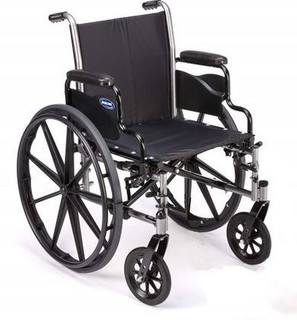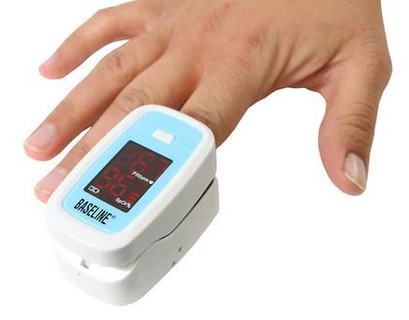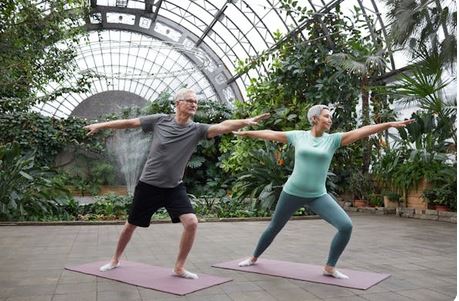Best Methods for Improving Balance and Preventing Falls for Seniors
Maintaining good balance is crucial for seniors to reduce the risk of falls and injuries, preserve mobility, and maintain independence. Incorporating senior balance tips and focusing on fall prevention for elderly individuals can further enhance their safety and confidence. Balance tends to decline naturally with age due to changes in muscle strength, coordination, and sensory systems. However, targeted strategies can help seniors improve their stability and confidence. Here are comprehensive methods to enhance balance and overall well-being.
Incorporate Balance-Focused Exercises
Engaging in balance exercises for seniors is one of the most effective ways to improve stability. Simple activities like single-leg stands, where one stands on one leg for 10 to 30 seconds before switching to the other leg, are excellent starting points. Heel-to-toe walking, where you walk in a straight line by placing one foot directly in front of the other, can also significantly improve coordination and balance. Side leg raises, which involve lifting one leg out to the side while standing upright, help strengthen the muscles essential for maintaining stability. These exercises can be done at home with minimal equipment and are highly beneficial when practiced regularly.
Strength training complements balance exercises by building the muscles that support stability. For instance, chair squats—sitting down and standing up from a chair repeatedly—target the quadriceps and glutes, which are vital for movement and balance. Step-ups on a low platform or stairs strengthen the legs and improve coordination. Flexibility exercises, such as stretching the calves, hamstrings, and hips, enhance joint mobility, which is crucial for proper body mechanics.
Incorporating practices like Tai Chi and yoga offers additional benefits. Tai Chi’s slow, controlled movements promote body awareness and help improve balance, while yoga enhances flexibility, strength, and mental focus. Both activities reduce stress, which can further improve physical performance and confidence in everyday movements.
Make Lifestyle Adjustments for Safety
Creating a safe living environment is vital for seniors. Incorporating home safety for elderly individuals can help reduce the risk of falls and create a more secure and comfortable living space. Home modifications can dramatically reduce the risk of falls. Removing tripping hazards, such as loose rugs and clutter, is an easy first step. Installing grab bars in bathrooms and near stairs provides additional support where it’s most needed. Ensuring that all areas of the home are well-lit helps seniors better navigate their surroundings, especially at night.
Proper footwear plays a crucial role in maintaining balance. Seniors should opt for sturdy, non-slip shoes that provide ample support. Loose-fitting slippers, high heels, and shoes without proper grip should be avoided to minimize the risk of slipping or stumbling. Regular vision and hearing checkups are also essential. Clear vision and good hearing enhance spatial awareness, which is critical for maintaining balance.
Utilize Assistive Devices When Necessary
Assistive devices such as canes or walkers can provide additional support for seniors who struggle with balance. These tools are especially helpful during the early stages of improving stability. Specialized balance aids, such as stability poles or exercise balls, can also be incorporated into training routines to further challenge and enhance balance skills.
Prioritize Nutrition and Hydration
A healthy diet plays a significant role in maintaining balance and overall health. Ensuring adequate intake of calcium and vitamin D is essential for bone strength, reducing the risk of fractures in the event of a fall. Incorporating 'senior nutrition for bone health' into dietary habits can provide additional benefits for maintaining strong bones and overall well-being. Hydration is equally important, as dehydration can lead to dizziness and light-headedness, which negatively impact balance. Seniors should aim to drink plenty of water throughout the day and maintain a balanced diet rich in fruits, vegetables, lean proteins, and whole grains.
Engage in Cognitive and Sensory Training
Cognitive exercises can also improve balance by enhancing coordination and multitasking abilities. Activities that involve dual tasks, such as walking while counting backward or tossing a ball while maintaining a stance, help train the brain to manage multiple inputs simultaneously. Sensory training, which focuses on proprioception—the body’s awareness of its position in space—can further enhance stability. This may involve exercises on uneven surfaces or using balance boards to challenge and improve the body’s natural responses.
Manage Medical Conditions and Medications
Many medical conditions, such as arthritis, neuropathy, and vertigo, can impact balance. Regular checkups with healthcare providers can help manage these conditions effectively. Reviewing medications is also important, as some drugs have side effects like dizziness or drowsiness that may interfere with balance. Open communication with a physician can help identify and address these issues.
Join Supervised Programs for Guidance
Seniors may benefit from joining community or senior center programs that focus on balance training. These classes often include a mix of exercises tailored to the needs of older adults and provide a supportive environment. Working with a physical therapist is another excellent option for those who need a more personalized approach. Therapists can assess individual challenges and design a targeted balance improvement plan.
Conclusion
Improving balance is a multifaceted effort that combines physical activity, lifestyle changes, and proactive health management. Incorporating best practices for senior balance improvement can make a significant difference in reducing falls and maintaining independence. By incorporating balance-focused exercises, making safety adjustments at home, and addressing overall health, seniors can significantly reduce their risk of falls and enjoy a higher quality of life. With consistency and the right approach, it’s possible to maintain stability and confidence well into the golden years.
SafeWell Medical Supply has a wide range of balance and mobility products from rollators, walkers, and canes to assist the balance challenged. Find the perfect balance aid to suit your every need. All with fast and fee shipping. Click on the image or link below to view all that we have to offer!





